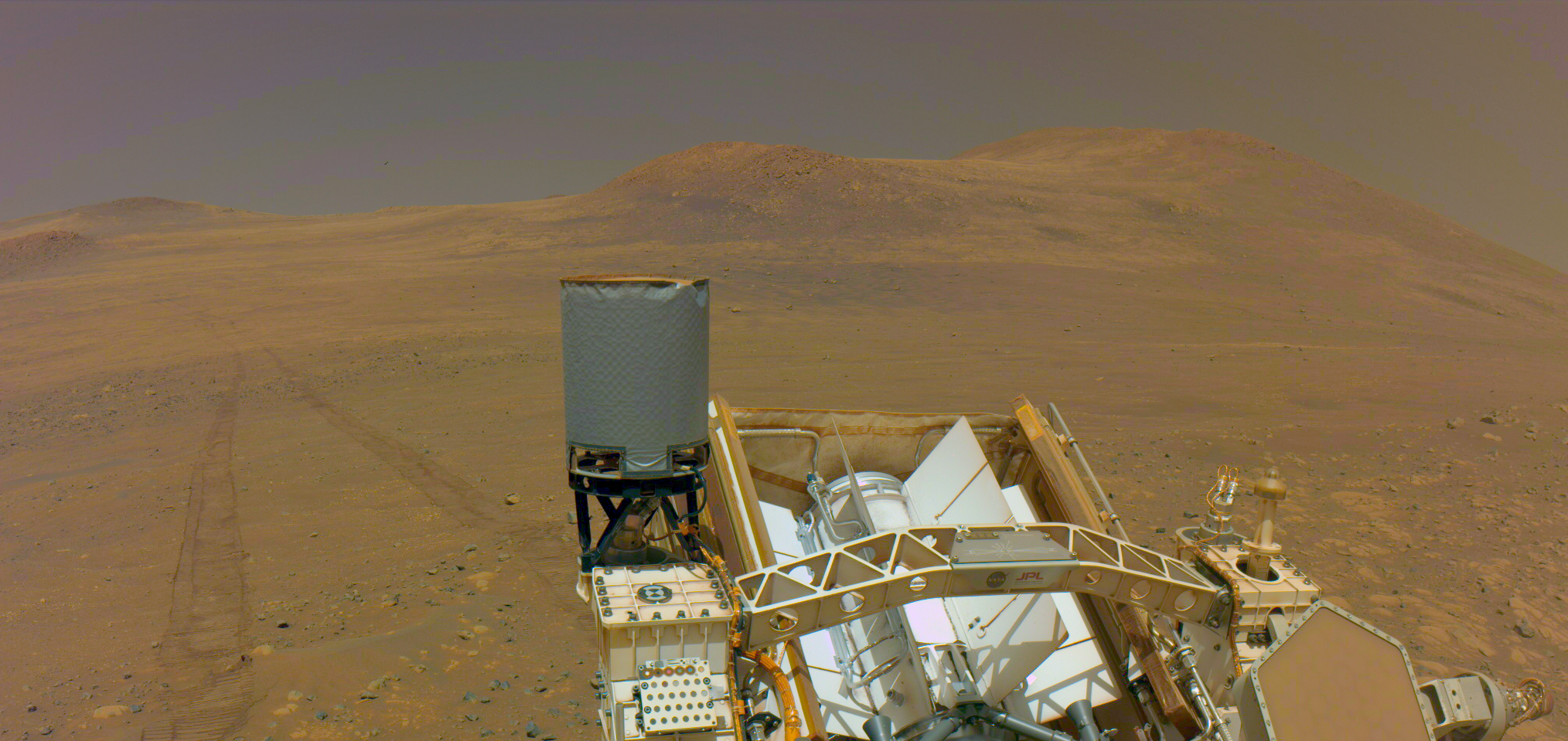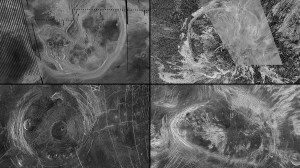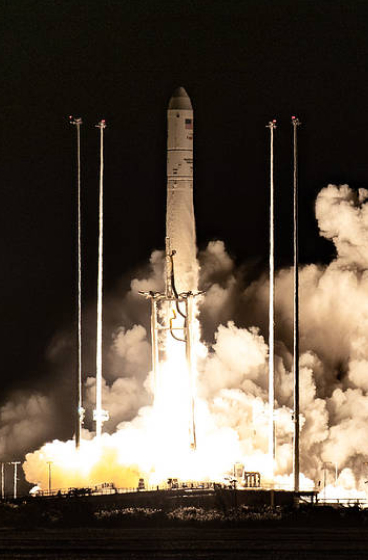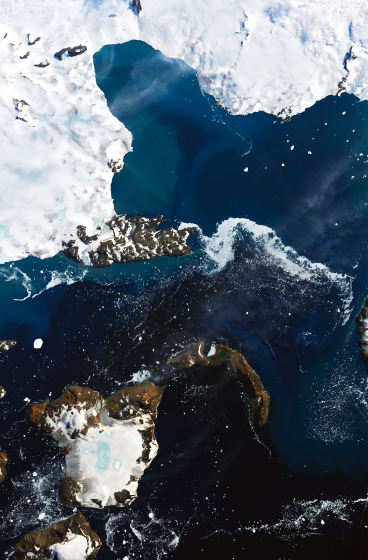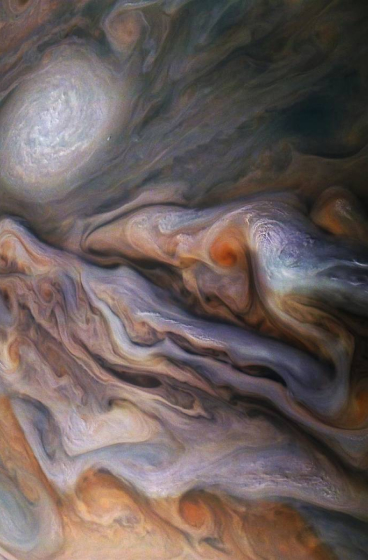5 min read
Preparations for Next Moonwalk Simulations Underway (and Underwater)
Scientists expect the new area of interest on the lower slope of Jezero Crater’s rim to offer up some of the oldest rocks on the Red Planet.
NASA’s Perseverance Mars rover is exploring a new region of interest the team is calling “Krokodillen” that may contain some of the oldest rocks on Mars. The area has been on the Perseverance science team’s wish list because it marks an important boundary between the oldest rocks of Jezero Crater’s rim and those of the plains beyond the crater.
“The last five months have been a geologic whirlwind,” said Ken Farley, deputy project scientist for Perseverance from Caltech in Pasadena. “As successful as our exploration of “Witch Hazel Hill” has been, our investigation of Krokodillen promises to be just as compelling.”
Named by Perseverance mission scientists after a mountain ridge on the island of Prins Karls Forland, Norway, Krokodillen (which means “the crocodile” in Norwegian) is a 73-acre (about 30-hectare) plateau of rocky outcrops located downslope to the west and south of Witch Hazel Hill.
A quick earlier investigation into the region revealed the presence of clays in this ancient bedrock. Because clays require liquid water to form, they provide important clues about the environment and habitability of early Mars. The detection of clays elsewhere within the Krokodillen region would reinforce the idea that abundant liquid water was present sometime in the distant past, likely before Jezero Crater was formed by the impact of an asteroid. Clay minerals are also known on Earth for preserving organic compounds, the building blocks of life.
“If we find a potential biosignature here, it would most likely be from an entirely different and much earlier epoch of Mars evolution than the one we found last year in the crater with ‘Cheyava Falls,’” said Farley, referring to a rock sampled in July 2024 with chemical signatures and structures that could have been formed by life long ago. “The Krokodillen rocks formed before Jezero Crater was created, during Mars’ earliest geologic period, the Noachian, and are among the oldest rocks on Mars
Data collected from NASA’s Mars orbiters suggest that the outer edges of Krokodillen may also have areas rich in olivine and carbonate. While olivine forms from magma, carbonate minerals on Earth typically form during a reaction in liquid water between rock and dissolved carbon dioxide. Carbonate minerals on Earth are known to be excellent preservers of fossilized ancient microbial life and recorders of ancient climate.
The rover, which celebrated its 1,500th day of surface operations on May 9, is currently analyzing a rocky outcrop in Krokodillen called “Copper Cove” that may contain Noachian rocks.
Ranking Mars Rocks
The rover’s arrival at Krokodillen comes with a new sampling strategy for the nuclear-powered rover that allows for leaving some cored samples unsealed in case the mission finds a more scientifically compelling geologic feature down the road.
To date, Perseverance has collected and sealed two regolith (crushed rock and dust) samples, three witness tubes, and one atmospheric sample. It has also collected 26 rock cores and sealed 25 of them. The rover’s one unsealed sample is its most recent, a rock core taken on April 28 that the team named “Bell Island,” which contains small round stones called spherules. If at some point the science team decides a new sample should take its place, the rover could be commanded to remove the tube from its bin in storage and dump the previous sample.
“We have been exploring Mars for over four years, and every single filled sample tube we have on board has its own unique and compelling story to tell,” said Perseverance acting project scientist Katie Stack Morgan of NASA’s Jet Propulsion Laboratory in Southern California. “There are seven empty sample tubes remaining and a lot of open road in front of us, so we’re going to keep a few tubes — including the one containing the Bell Island core — unsealed for now. This strategy allows us maximum flexibility as we continue our collection of diverse and compelling rock samples.”
Before the mission adopted its new strategy, the engineering sample team assessed whether leaving a tube unsealed could diminish the quality of a sample. The answer was no.
“The environment inside the rover met very strict standards for cleanliness when the rover was built. The tube is also oriented in such a way within its individual storage bin that the likelihood of extraneous material entering the tube during future activities, including sampling and drives, is very low,” said Stack Morgan.
In addition, the team assessed whether remnants of a sample that was dumped could “contaminate” a later sample. “Although there is a chance that any material remaining in the tube from the previous sample could come in contact with the outside of a new sample,” said Stack Morgan, “it is a very minor concern — and a worthwhile exchange for the opportunity to collect the best and most compelling samples when we find them.”
News Media Contact
DC Agle
Jet Propulsion Laboratory, Pasadena, Calif.
818-393-9011
agle@jpl.nasa.gov
Karen Fox / Molly Wasser
NASA Headquarters, Washington
202-358-1600
karen.c.fox@nasa.gov / molly.l.wasser@nasa.gov
2025-071
